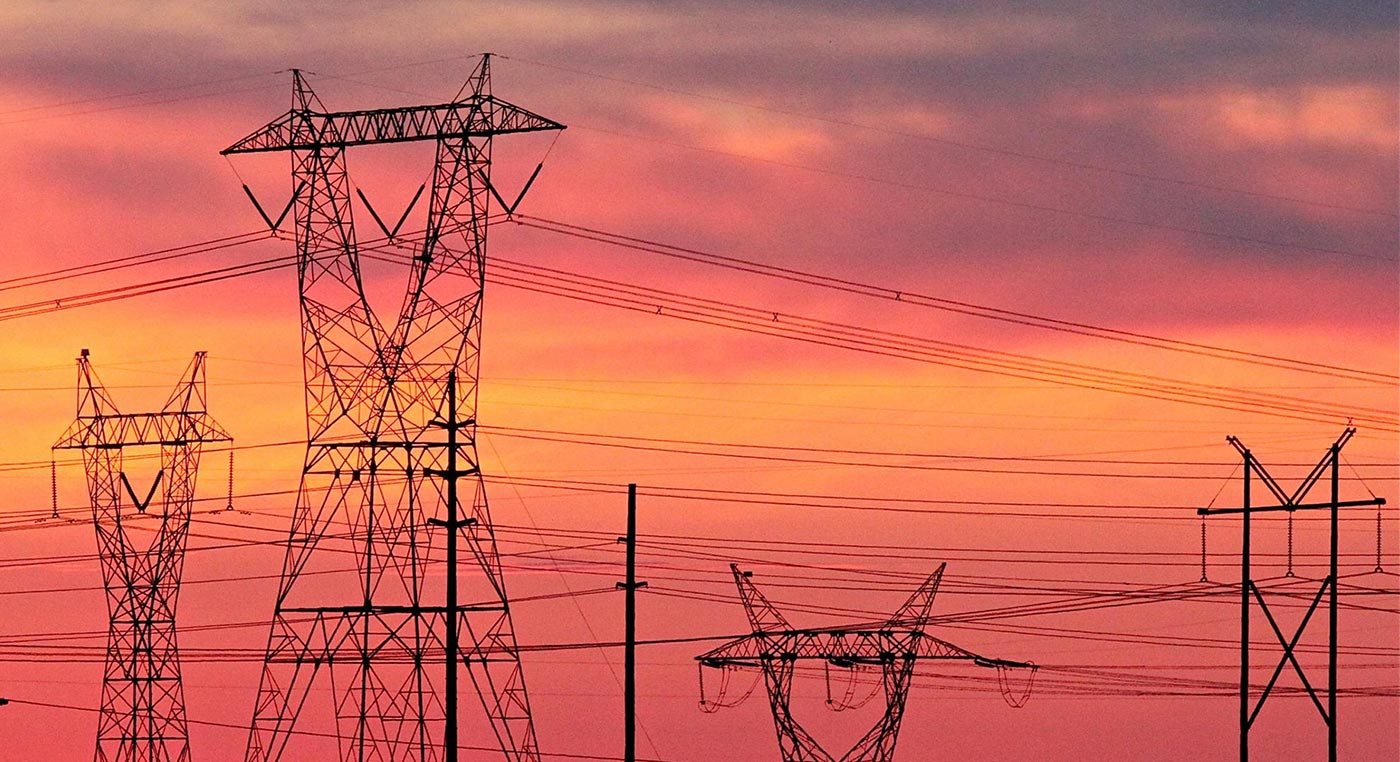


Seven balancing authorities are known as independent system operators (ISOs) or regional transmission authorities (RTOs). Sometimes called system operators or balancing authorities, grid operators manage the power grid to deliver your electricity. That infrastructure - consisting of power stations, transmission lines, and distribution lines - is spread out across America. Grid operators - the entities that manage energy production and delivery - are regional entities that control electrical energy as it travels through a fixed infrastructure. How Does an Electric Grid Work?Īn electrical grid is a complex power generation, transmission, and distribution network. That said, the state’s deregulated energy market allows Texans to choose their own electricity company and gives them the power to choose the best plan for their needs. It’s challenging for Texas to import electricity from the nation’s other power grids in a power outage like the February 2021 grid failure. The drawback to Texas’ regulatory independence is the isolation of the Texas Interconnection. ERCOT came into being following one of the nation’s worst power outages in 1965, which resulted in further federal regulation. Further, Texas utility companies realized they could avoid regulation if they didn’t cross state lines. In 1935, when the Federal Power Act became law, Texas’ northern and southern systems joined together. According to the Texas Tribune, Texas controls a separate power grid to avoid federal regulation. The Texas Interconnection, which the Electric Reliability Council of Texas ( ERCOT ) manages, is mostly limited to Texas. Why Does Texas Have a Separate Electric Grid? The Electric Reliability Council of Texas ( ERCOT ), the name of the grid operator and the regulatory body’s name, is solely responsible for most of Texas.The Western Interconnection extends west of the Rockies and has 37 grid operators, including two in Canada and one in Mexico.The Eastern Interconnection has 36 balancing authorities, which includes five in Canada. Everything east of the Rocky Mountains and part of northern Texas is in the Eastern Interconnection.Without the supply and demand balance, there is a risk of local and regional blackouts. This allows for safe, reliable power system operation. G rid operators ensure the balance between supply and demand in real-time. Not to be confused with utility companies, who are the balancing authorities ( grid operators) who work within the Eastern and Western Interconnections. The Eastern and Western grids tend to operate independently, although they permit power to be transferred between grids. is a tiered system that encompasses three major interconnections. How Many Power Grids Are in the Continental United States? The generating stations are interconnected to reduce the reserve generation capacity, known as a spinning reserve, in each area. The power grid does three things : It ensures best practice use of energy resources, provides greater power supply capacity, and makes power system operations more economical and reliable. The Eastern and Western interconnections also include parts of Canada. These three networks are linked in a limited way at grid stations but mostly work independently. The Eastern, Western, and Texas Interconnection systems make up the power grid. When people talk about the grid, they generally refer to one of three smaller regional grids, also called interconnections. The power grid also consists of the infrastructure to generate and distribute power. The network includes energy utility companies and energy suppliers that deliver electricity to your home or business. Whether you call it the power grid, power distribution grid, electrical grid, or national grid, this electrical network generates and distributes electricity across a large area. We hope to demystify our electricity system, explaining how the power grid works, its vulnerabilities, and how it could be improved. While this grid is such an integral part of our daily lives, most folks don’t know much about it or how it functions. The electrical grid provides us with electrical power on demand. Its vast network of power generation, transmission, and delivery ensures we can function in the modern world. The power grid delivers electricity from power plants to homes and businesses across the nation.
#Electrical grid how to
We expect on-demand electricity, and many of us are surprised, dismayed, and sometimes at a loss as to how to respond when we don’t have power. Until we’re faced with power outages, we tend to take the electric power that we receive from our power grid for granted.


 0 kommentar(er)
0 kommentar(er)
